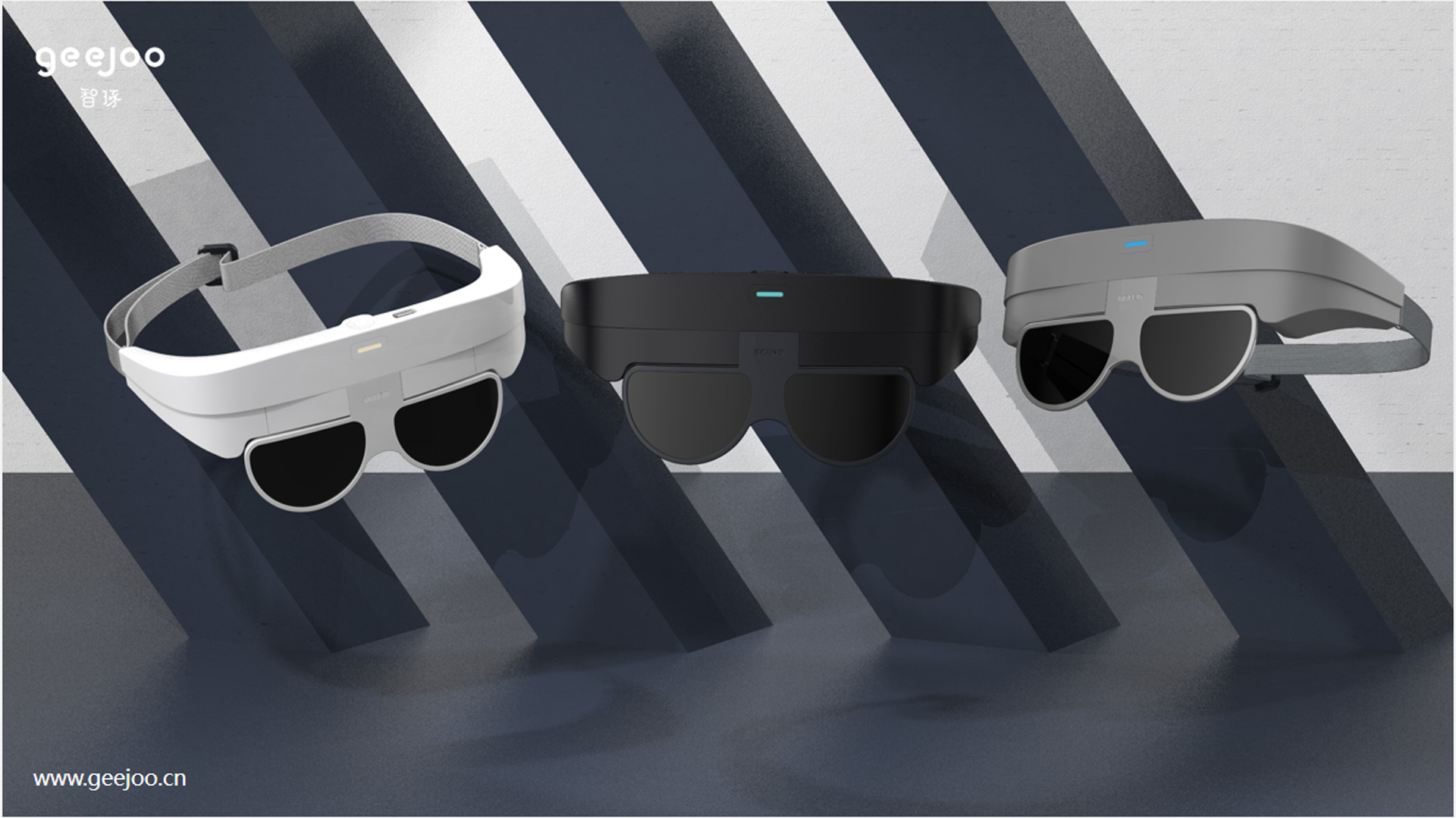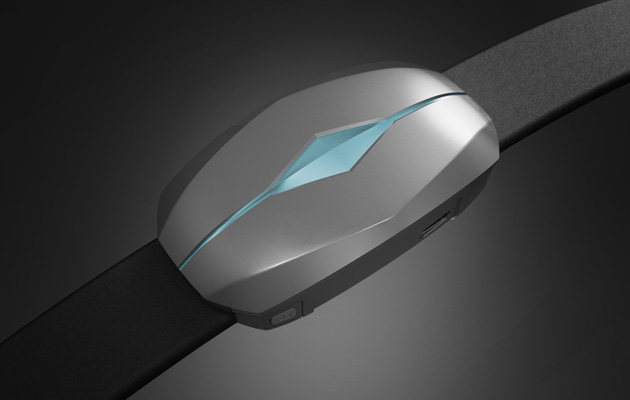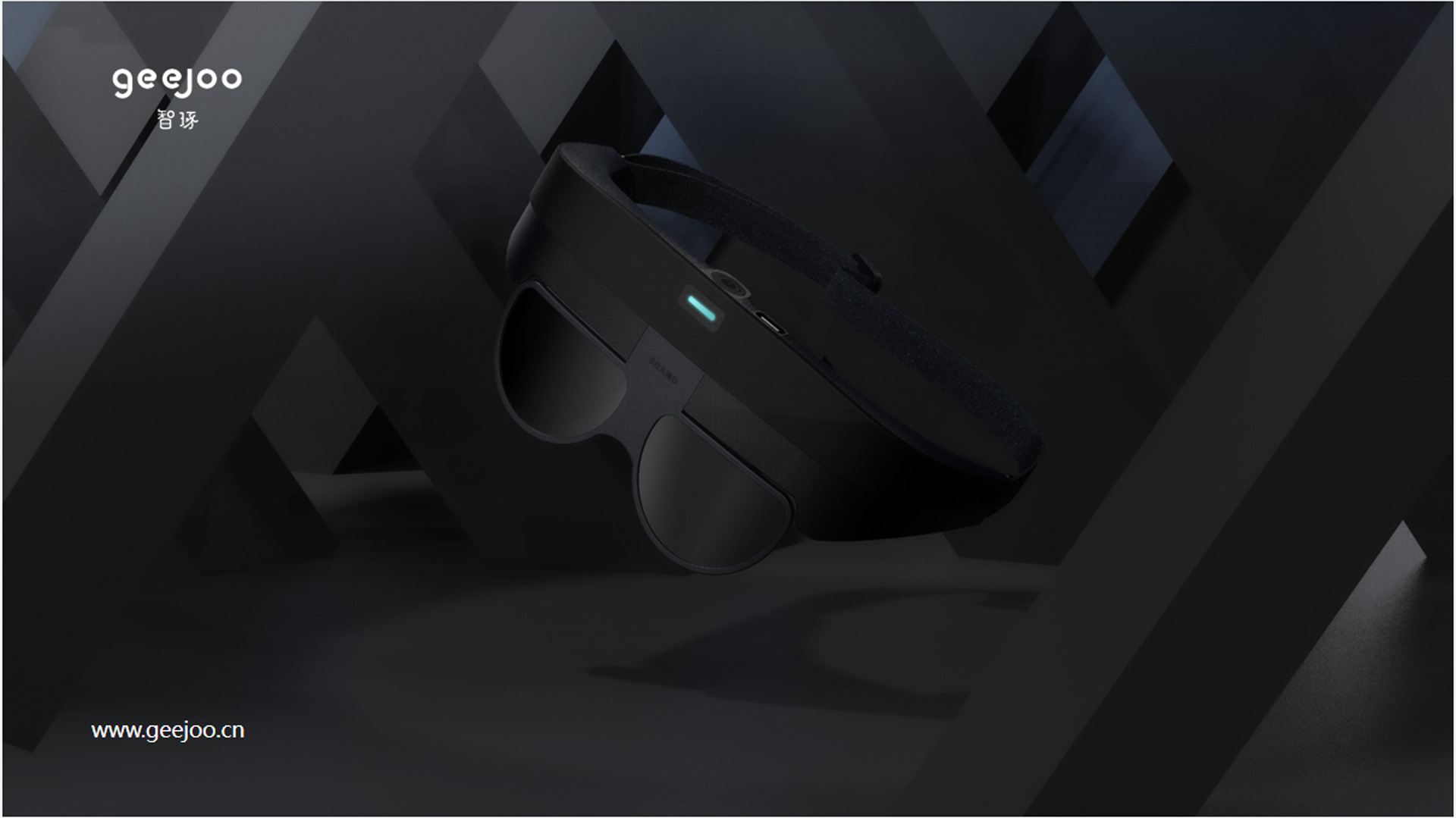
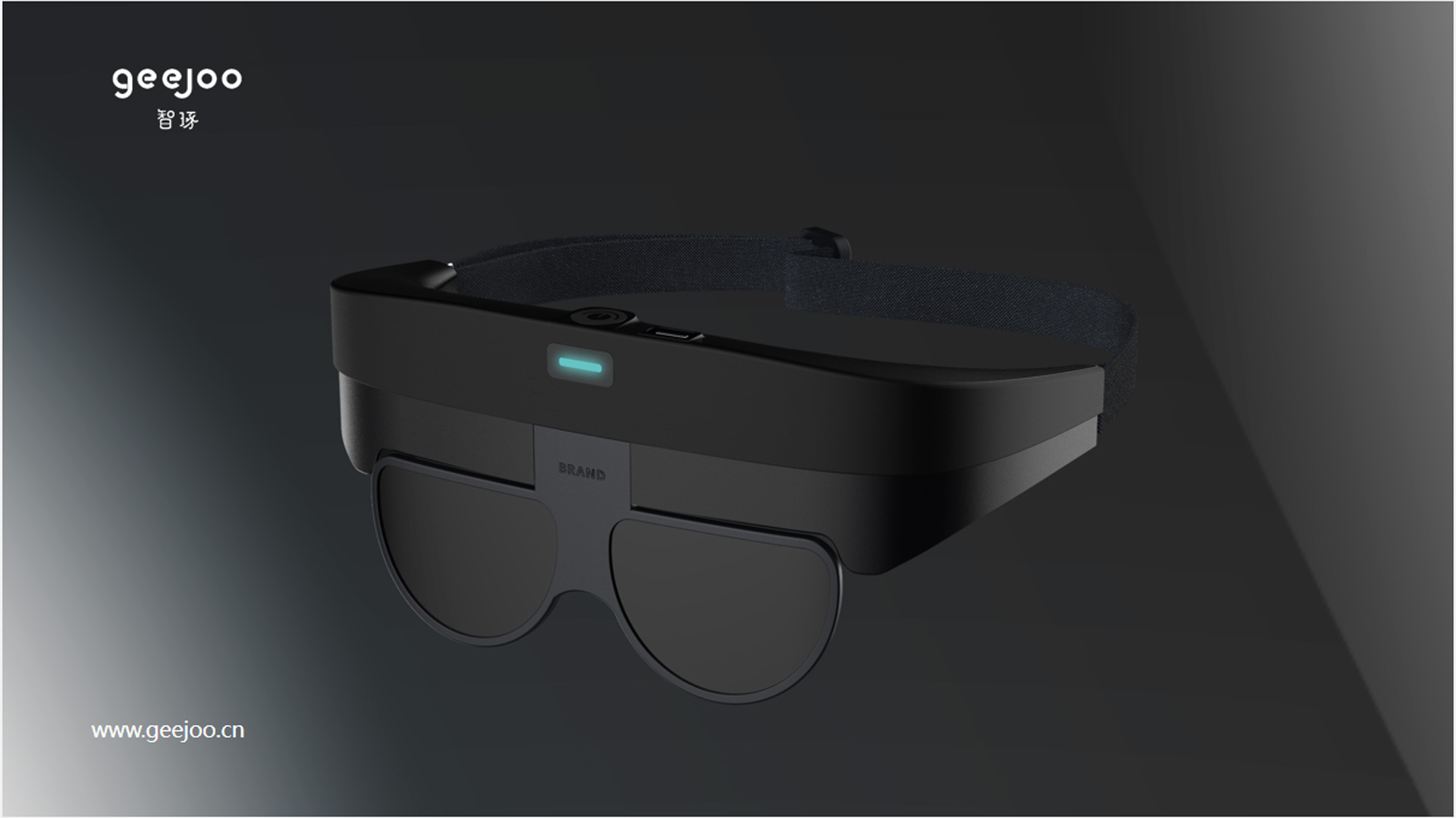
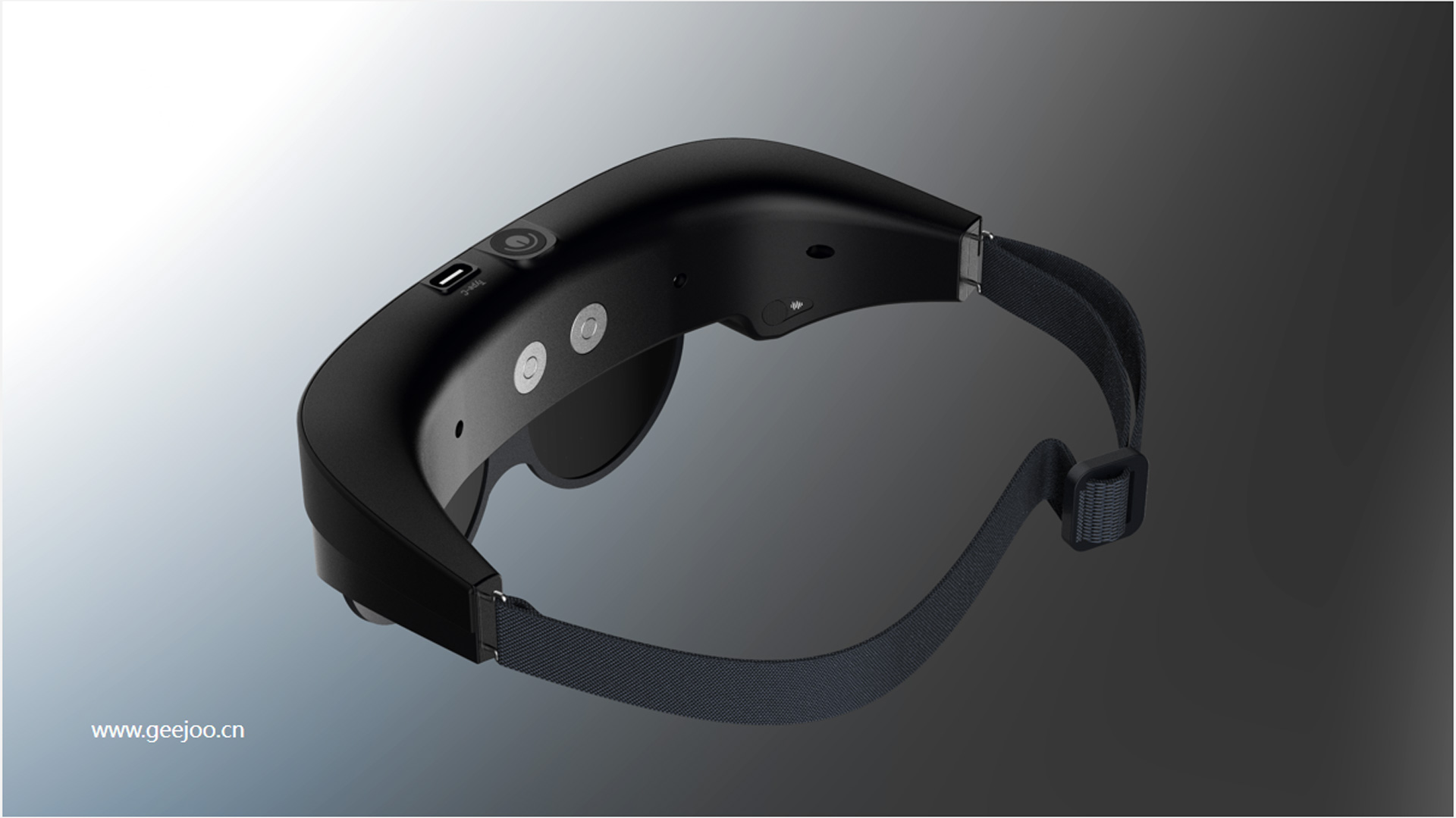

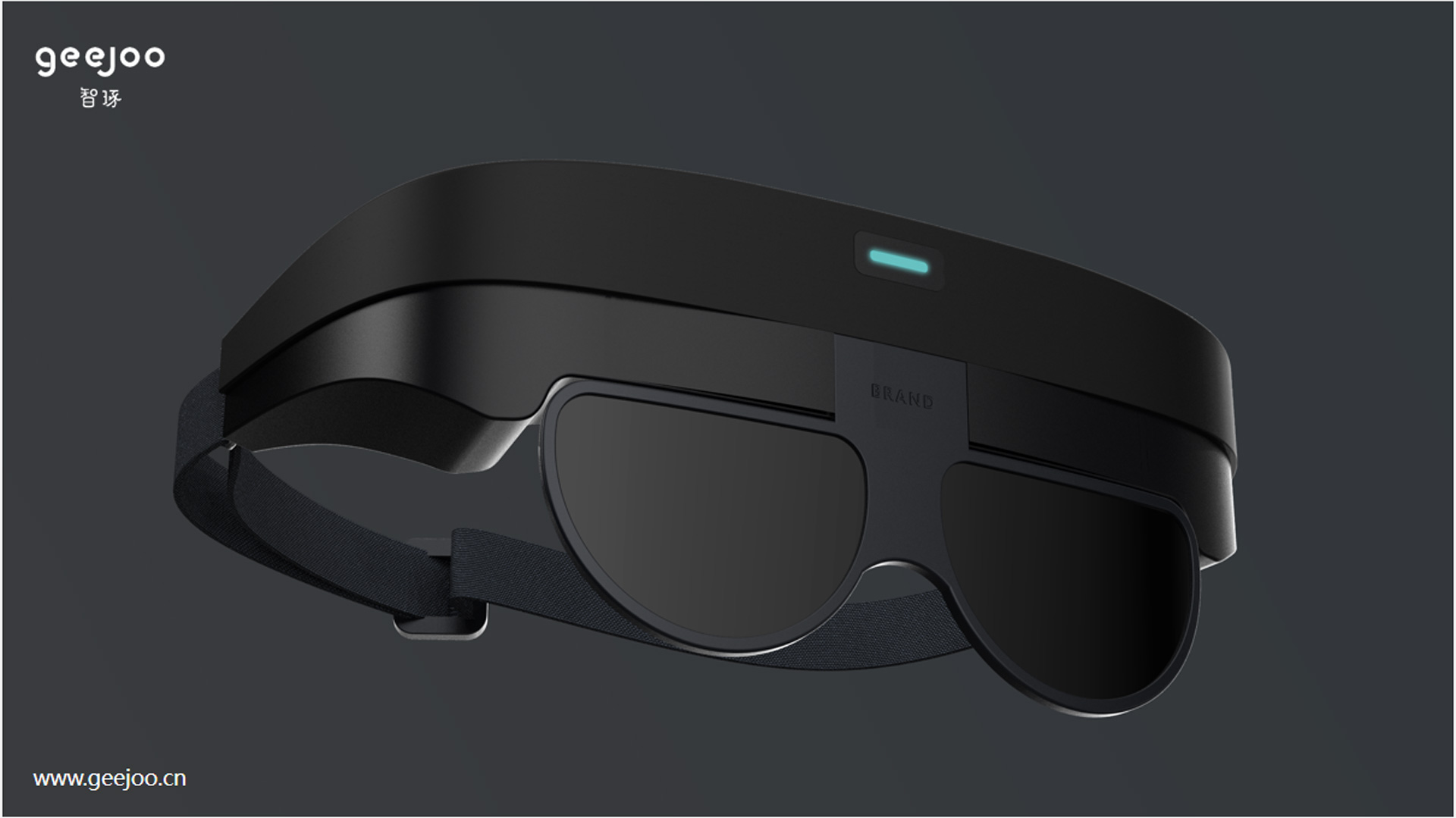
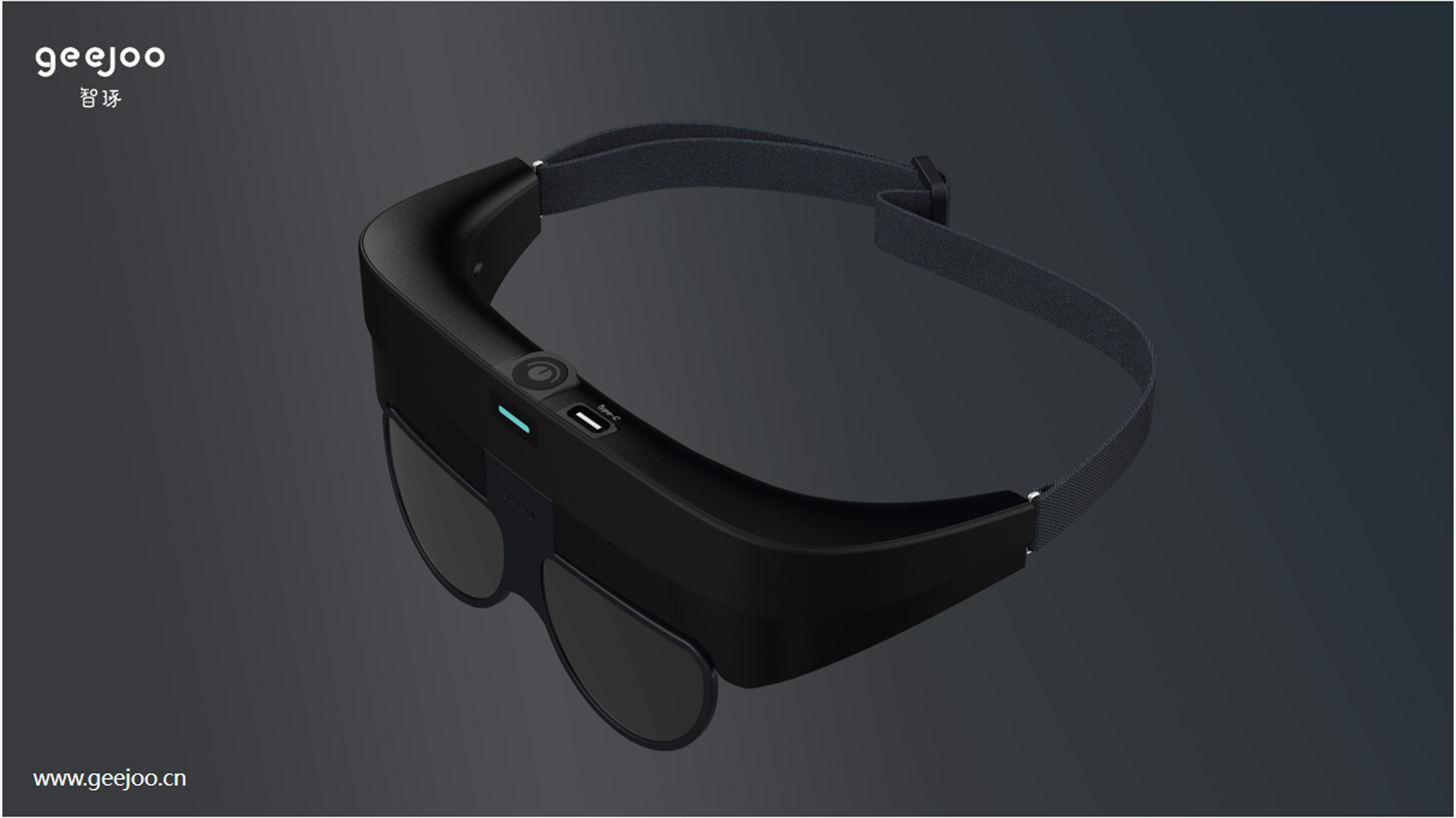
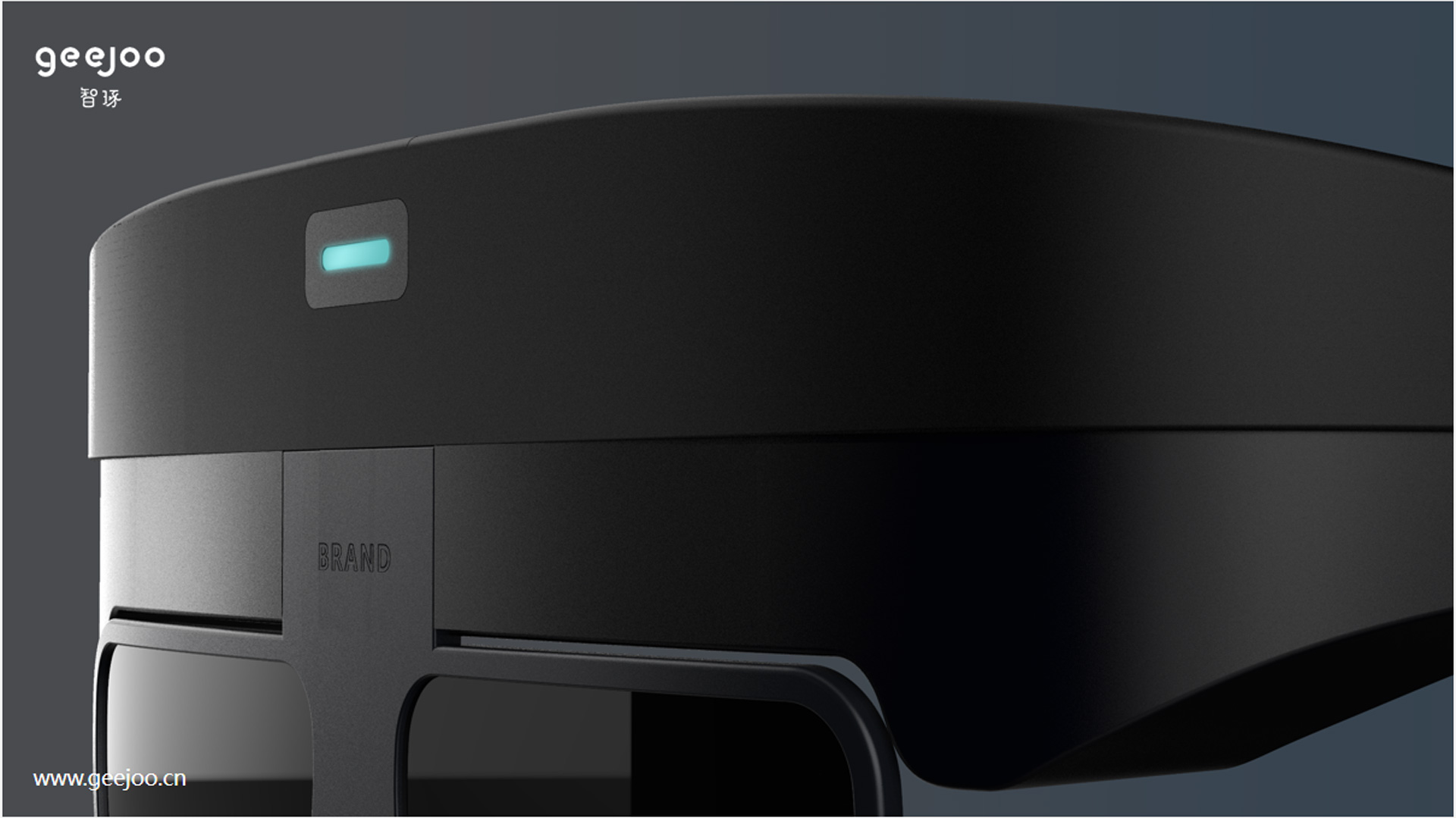
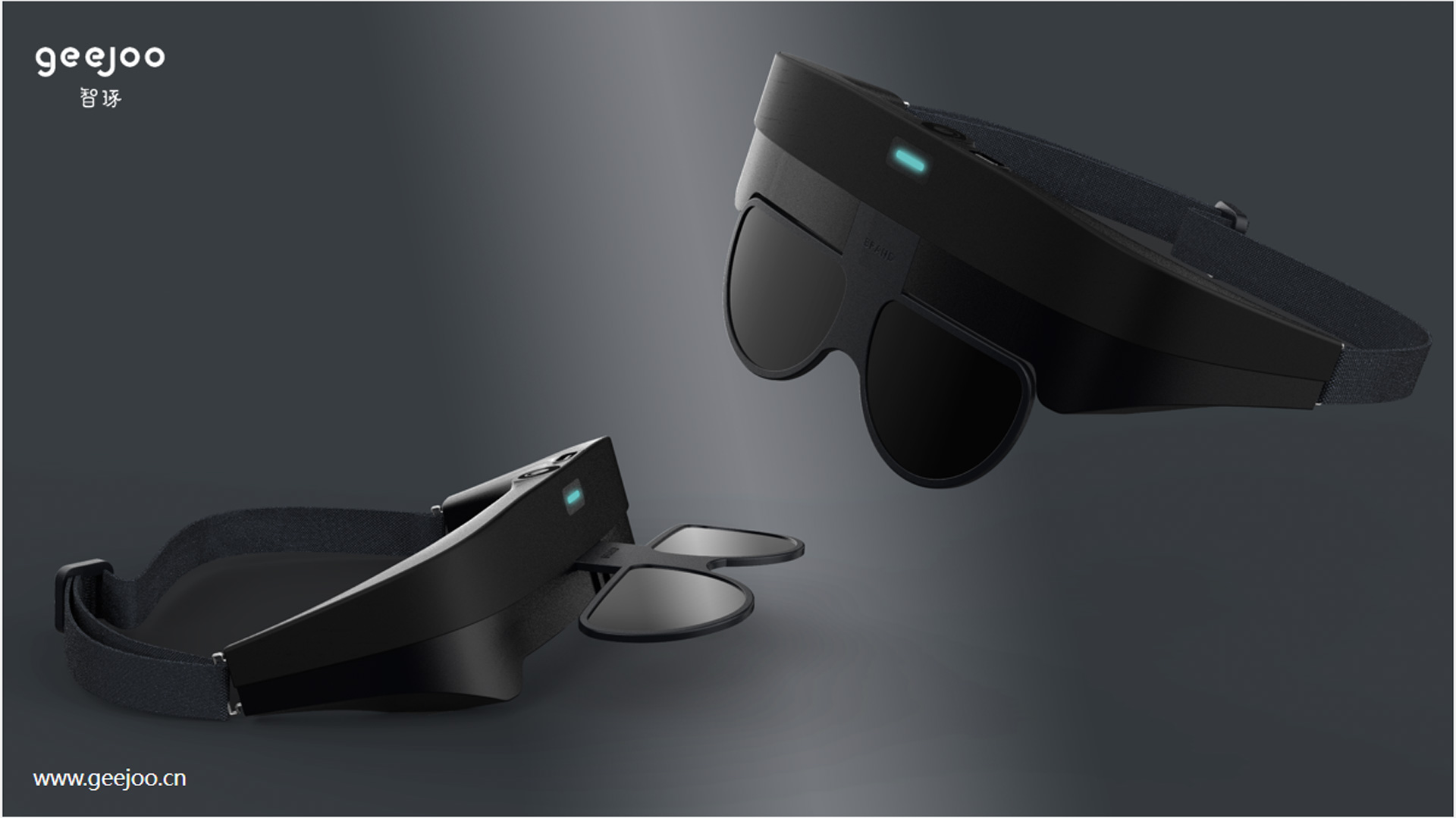
The overall shape concept of electronic flip glasses mainly includes the following aspects:
Technology integration and futuristic sense: The streamlined design, combined with simple lines and geometric elements, shows the avant-garde and dynamic sense of technological products. The edge of the frame can be embedded with a small LED indicator or touch button to indicate the working status or provide a user interaction interface to add a sense of technology. The use of lightweight and high-strength new materials such as carbon fiber, titanium alloy or special alloys can not only reduce weight but also maintain a stable structure, while showing the texture of high-tech materials.
Fashion aesthetics and personalization: Provide a variety of colors, materials and textures to meet the personalized needs of different users. The frame design can incorporate fashion elements, such as retro style, modern minimalist style or sports style, and match with various clothing. The shape and size of the lens can also be diversified to adapt to different face shapes and enhance the wearer's sense of fashion.
